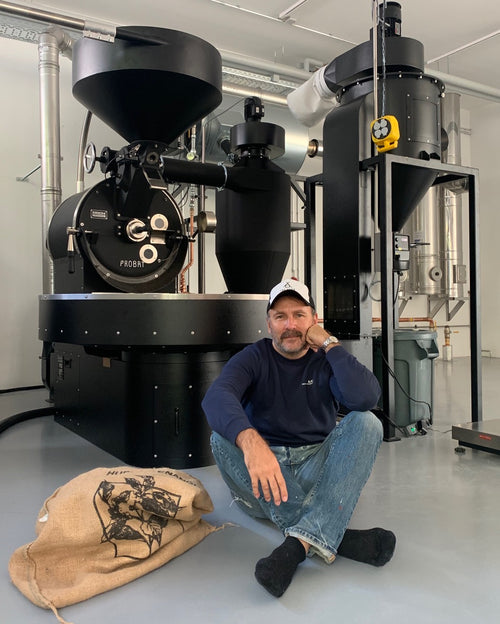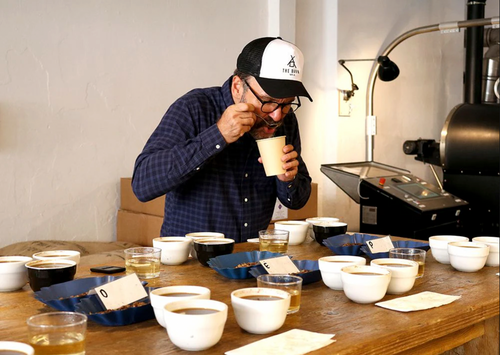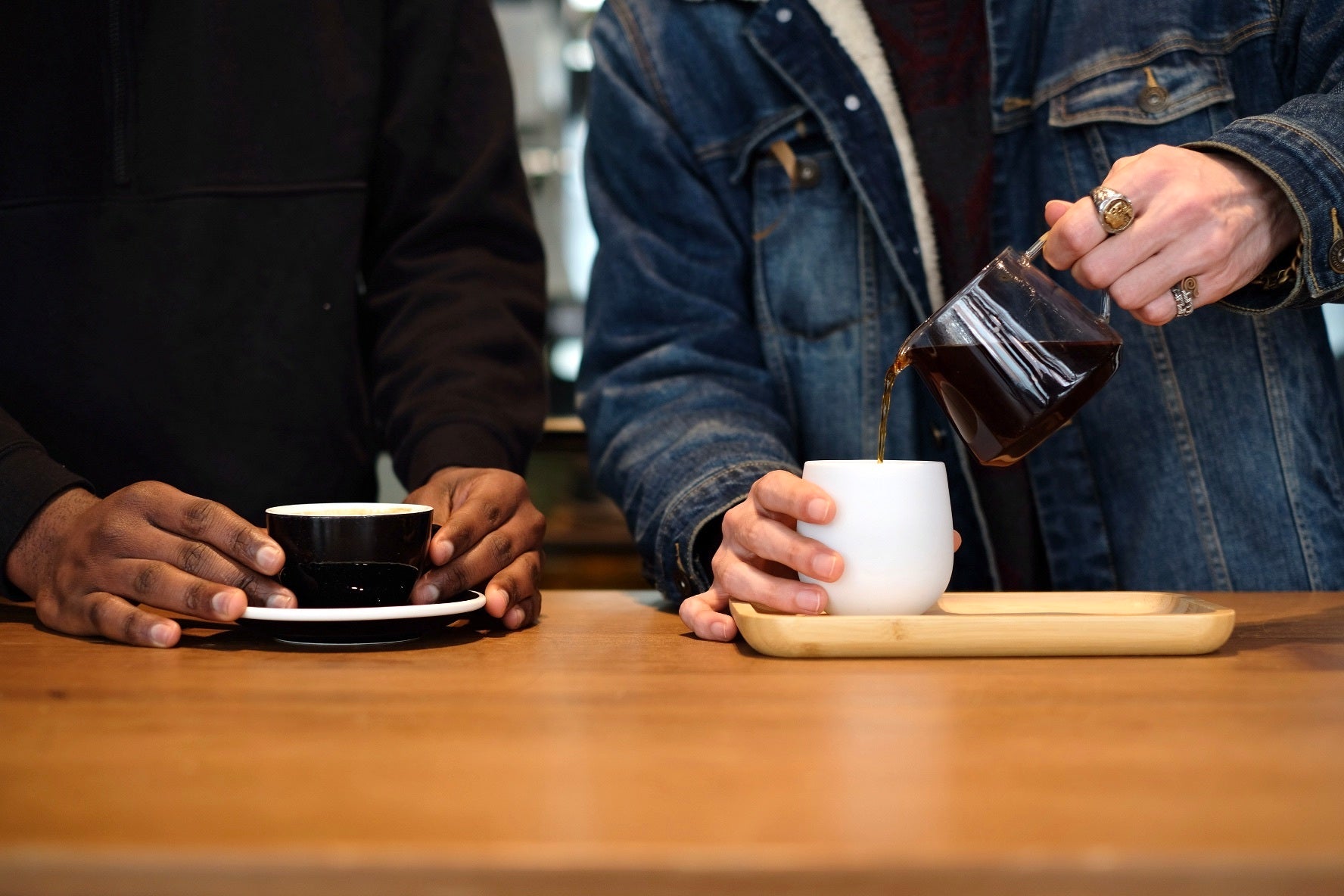ANAEROBIC PROCESSING
INNOVATIVE PROCESSES JUANACHUTE, TARRAZU, COSTA RICA
While we get excited about enhancing flavours and pushing the borders of coffee, we have a strong believe that coffee is still coffee. So in our minds it cannot taste too artificial, like hubba-bubba bubblegum or candied cola lollipops. We have been watching the progress of this innovative form of processing, but never felt that the flavours were clean enough to present the flavours of the field...Until now. Recently we found Juanachute in Costa Rica, and it is magic. Flavours range from cinnamon, dark fruits, morello cherry, strawberry cheesecake, vanilla to toffee, milk chocolate and brandy. Silky and smooth it comes with a rich and coating mouthfeel. In the cooling, this coffee opens up exciting acidity. Aftertastes include orange zest, Christmas apple and winter spices. Sweetness is high. So how does it all work? There are different ways of pushing flavours by accelerating fermentation in closed containers, taking away oxygen. It can be done with the cherries or after depulping the cherries ("honey style"). Timing is crucial, while ambient temperatures and varietals guide the way. What we want is clean and elegant flavours - fermenty tastes are undesirable and can make or break this technique. Read on to learn how they achieved this at Juanachute...


How is coffee processed anaerobically at Juanachute?
The Anaerobic process consists of creating anaerobic fermentations, which basically take place under the absence of air. Juanachute Micro-Mill built their own system to create such fermentation. The tanks are basically plastic barrels with a valve that allows air to go out but not in. In this particular anaerobic process, the coffee was pulped and placed in the barrel with all its mucilage (honey style). Brix content and pH levels are measured before closing the barrel, this allows the Juanachute Team to decide how many hours the batch will be kept in the barrels. For this specific batch the fermentation was in 96 hours. Once the coffee was taken out of the barrels it was placed on African beds for 8 days. Juanachute is one of the pioneers in anaerobic processes. Experience has allowed them to create better and better coffees each year. They are excited about the Anaerobic process because this unfolds a universe of possibilities.
What flavours are they looking for? And how long did it take to achieve this?
They don’t really look for specific flavours, they focus on getting the most out of the coffee through the processing. However, they do like anaerobics that result in a balanced and clean cup. It took them four years to find the right technique and for be happy with the results.
What can go wrong during the process?
The whole process should be done with a lot of care, and you must attention to every detail - from the selection of the cherries to getting the right moisture in the beans when drying. They pay close attention to the coffee when it’s in barrels to prevent extra fermentation which can develop negative tastes or defects.
What happens when the coffee is left in the tanks too long?
The time goes hand in hand with the pH levels. One lot can need more time than another to get to the right point, but if the pH and the time are not correlated it will result in bad tastes and defects, such as sour flavours.
Which varietals work best?
Juanachute doesn’t actually grow a lot of varietals. They have only experimented with Villa Sarchi, Caturra and Catuai which all have resulted in a similar performance. They plan to try Geishas, F1 and Esperanza varietals in the future. They promise to tell us their experience with these when they are ready.
Are temperature and elevation important factors in the process?
The temperature in the barrels is important. It’s mostly important that inside the barrels the temperature doesn’t go too high. The altitude is also important and directly affects the weather at the moment when processing, which also has a direct impact on the pH.
What are other buyers/roasters looking for in anaerobic coffees?
Anaerobics are coffees that add unique characteristics to what is usually considered a common variety. The farmers have learned that it is good for roasters to have coffees that are unique in their portfolio.
At THE BARN we are always looking for clean flavours – how do the Juanachute team keep their anaerobic coffees so clean?
They came up with clean anaerobic coffees after many years of trial and error. The first years that they started processing anaerobics they weren’t as clean. The perseverance and willingness to improve was the secret to producing an exotic and clean coffee.















